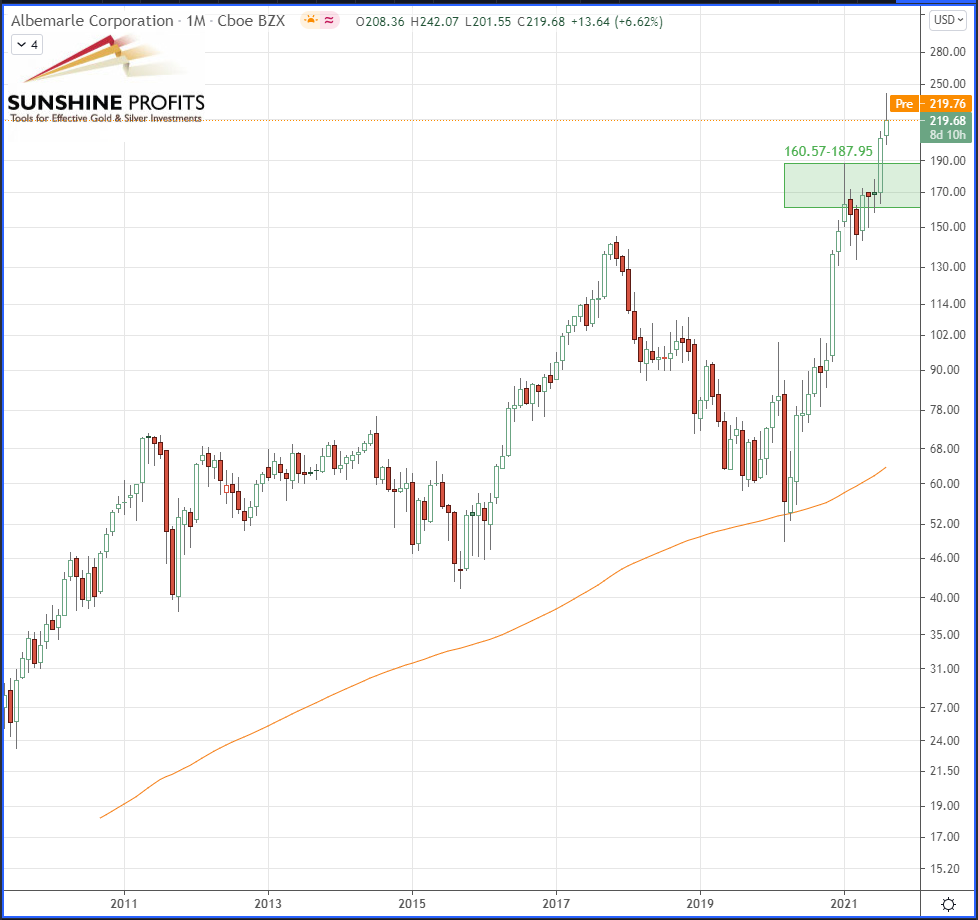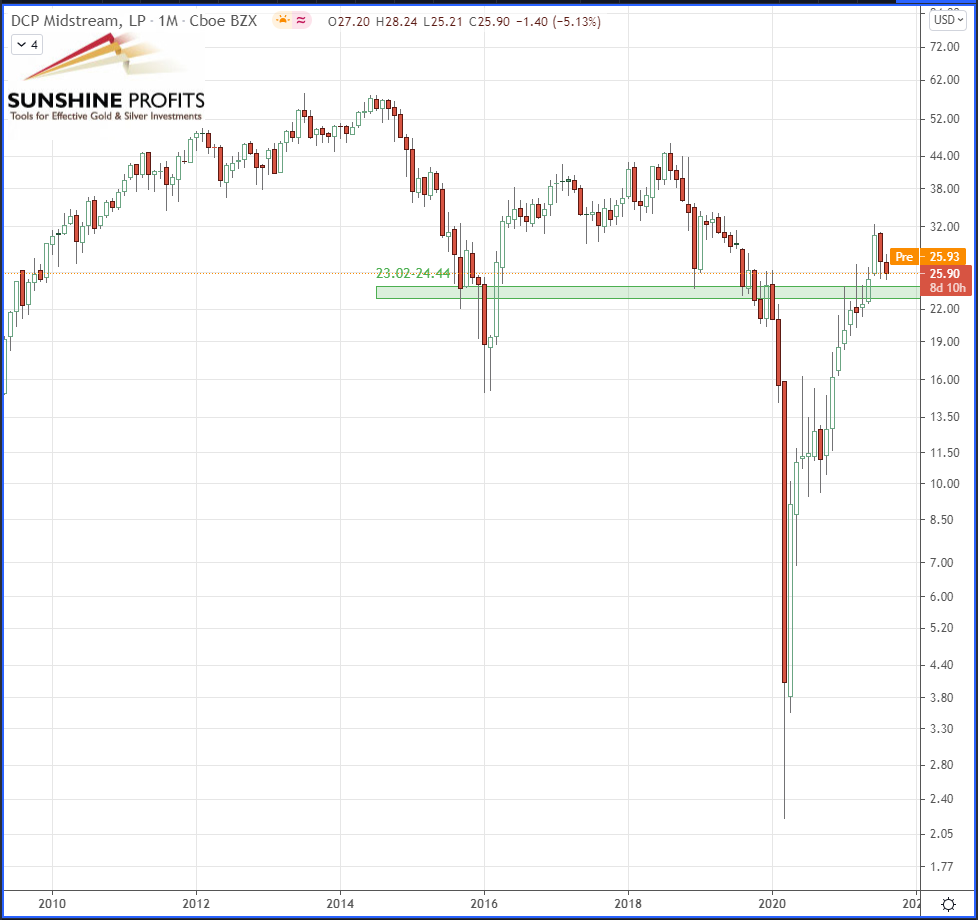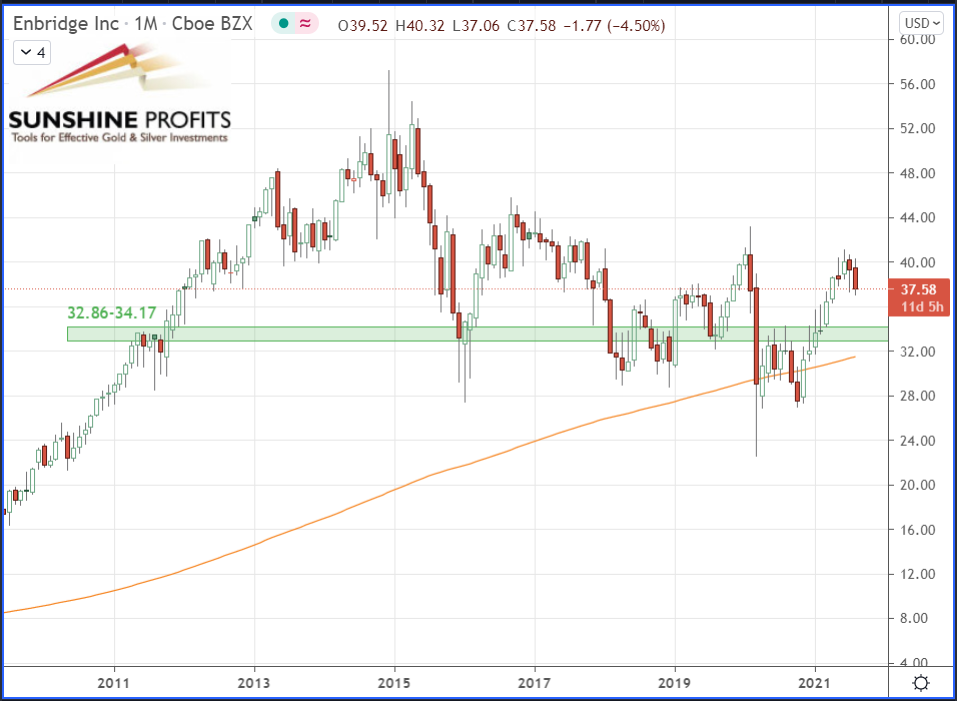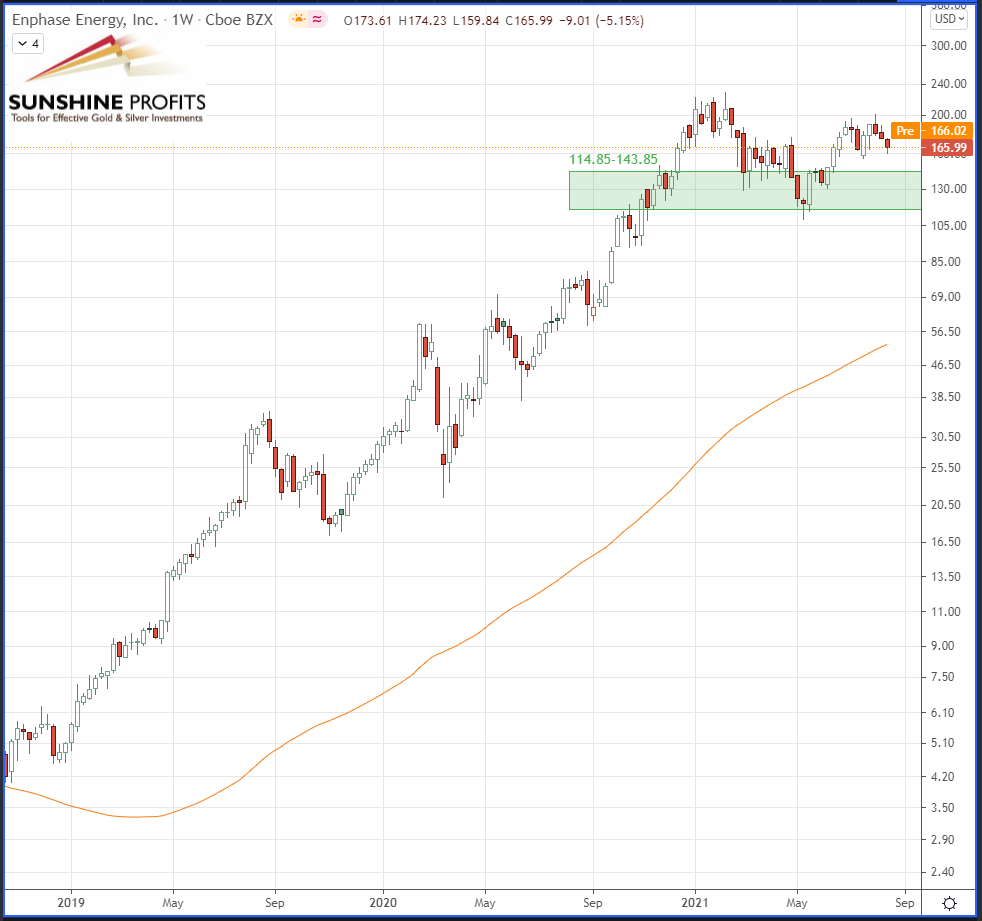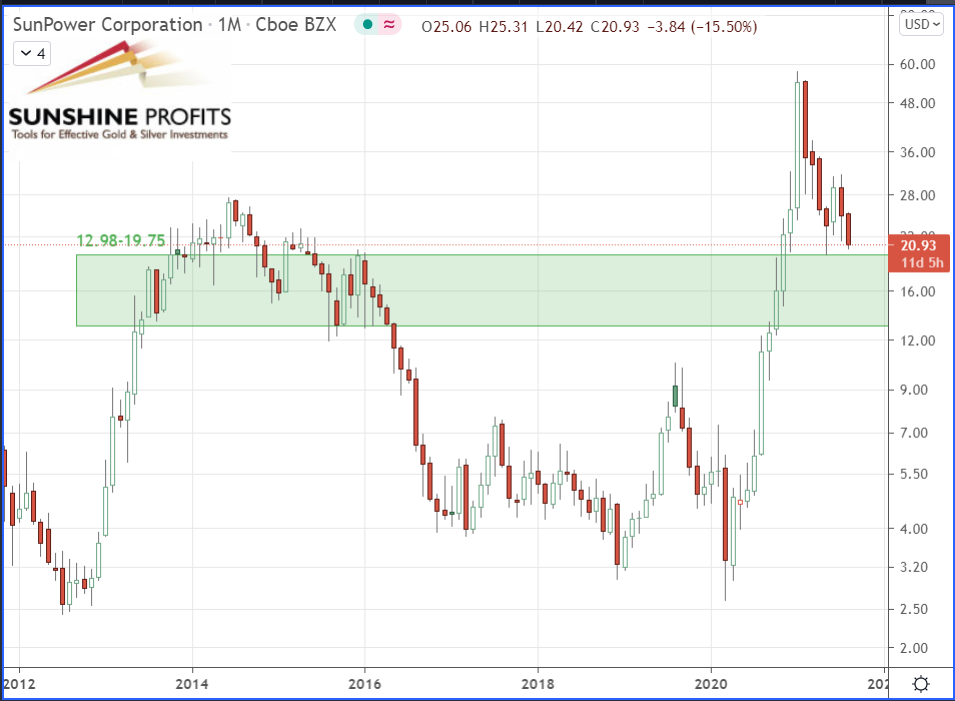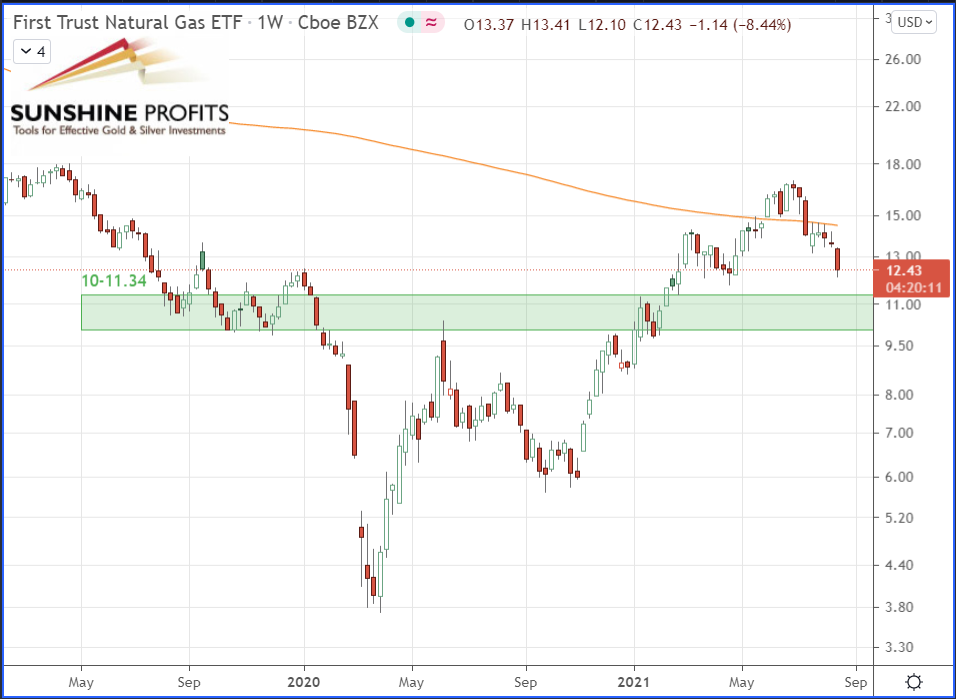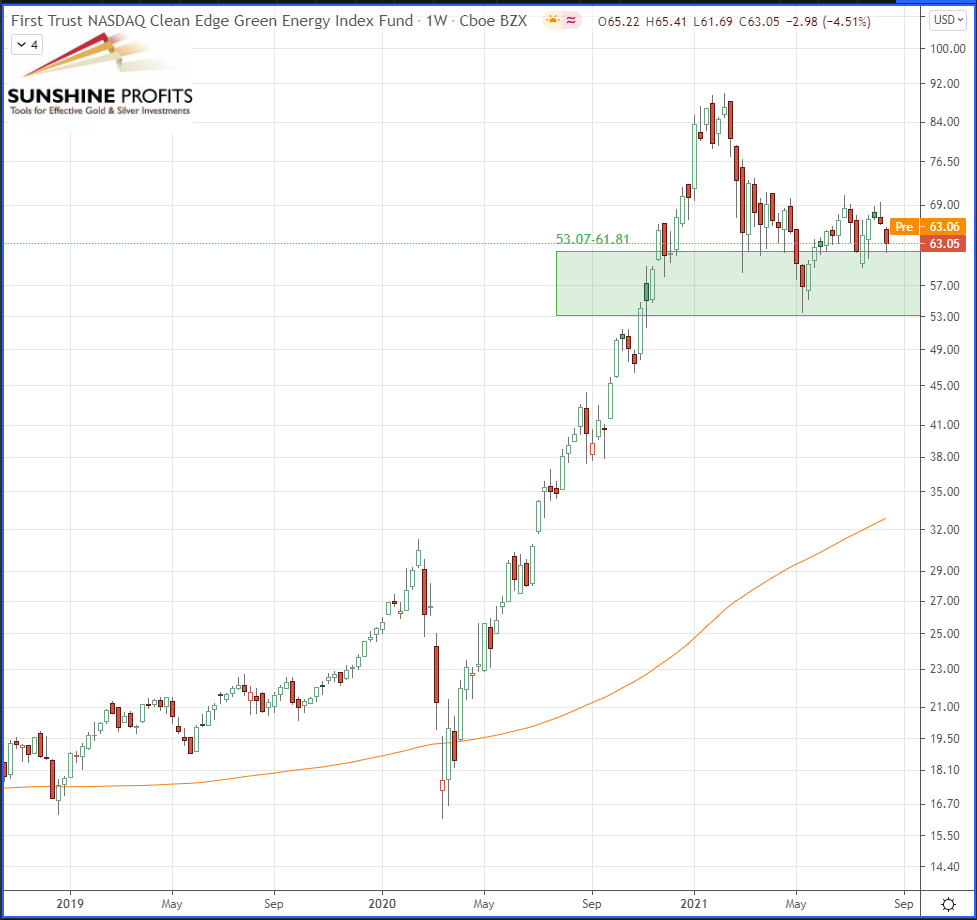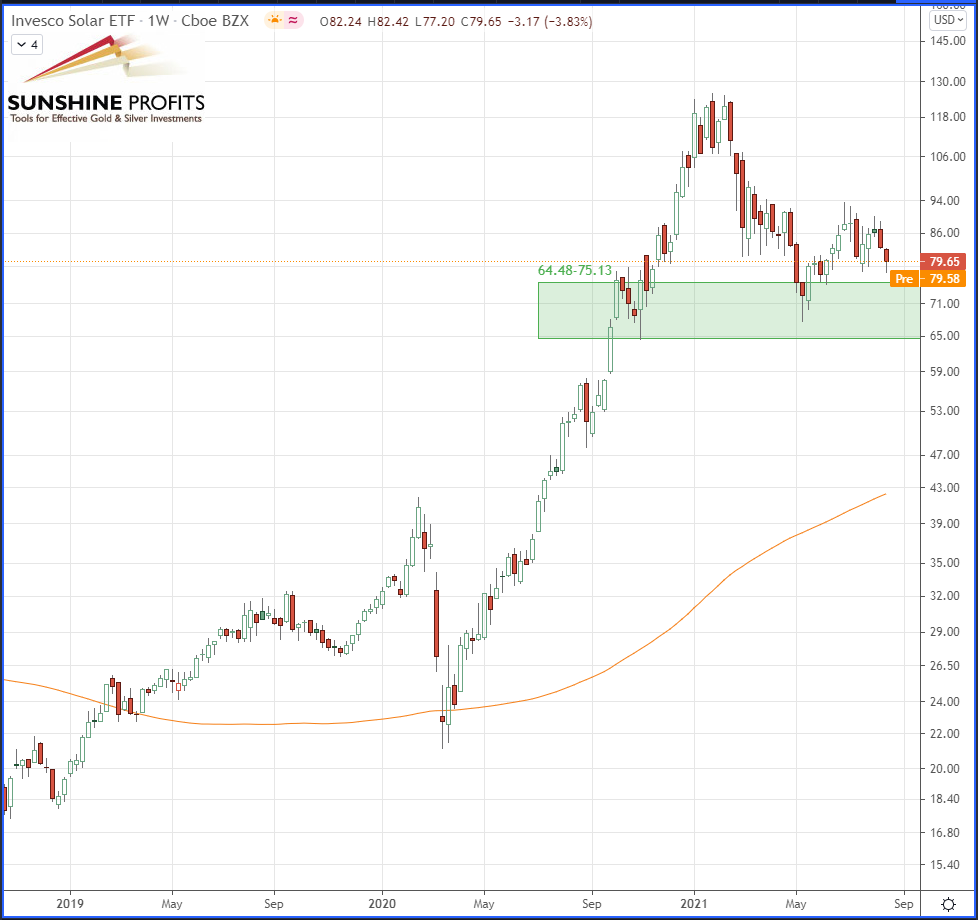How To Trade Oil And Gas
Oil, gas, and other energy news is everywhere, but “how do I get in on the action? What type of trading instruments do I use?” Read on and find out.
You might be thinking “should I use stocks, ETFs, CFDs, or futures to trade oil and gas? What about solar energy?” Picking the right instrument depends on many factors such as types of businesses, regions, risk profiles, and psychology.
In today’s article, I’ll provide you with some ideas about the various products that you can use to trade oil and gas, but also more generally the energy markets. A thank you goes out to Mark, one of our readers, who asked this question – one that some of you may be wondering about. By the way, please feel free to send me questions. That’s what you come here for – the extra context.
First, let’s focus mainly on non-leveraged securities (stocks and ETFs), while showing some stable and/or fast-growing stocks and indexes. Major leveraged products, such as futures contracts, will be emphasised in a second part this week, so bear with me, as I provide you with some ideas as to their usefulness.
Stocks
Common shares in stocks is one of the most popular types of security and widely used by portfolio managers, whether they are hedge funds, investment funds, pension funds or retail investors.
Shares in stocks are easy to trade. Since they are non-leveraged instruments, they present some attractive characteristics to get one foot into investing such as the fact that they do not necessarily require a large amount of capital to get started. Furthermore, these days there is a growing number of brokers offering to invest into a fraction of shares, so it helps mitigate the risk and optimise a portfolio return with better diversification and more accuracy in exposure.
Here are some interesting companies that you can use to diversify your portfolio (click on link below each chart to see more information, data, holdings, etc.)::
- ALB, a chemical manufacturing company, large provider of lithium for EV batteries;
- DCP, a natural gas company dedicated to midstream petroleum services;
- ENB, a multinational pipeline company, focusing on the transportation of oil and gas;
- ENPH, a tech company providing residential/commercial solar plus storage solutions;
- SPWR, a company specialising in solar power generation and energy storage.
Figure 1 – Albemarle Corp (ALB) stock (monthly, logarithmic scale)
Figure 2 – DCP Midstream Partners LP (DCP) stock (monthly, logarithmic scale)
Figure 3 – Enbridge Inc. (ENB) stock (monthly, logarithmic scale)
Figure 4 – Enphase Energy Inc. (ENPH) stock (weekly, logarithmic scale)
Figure 5 – SunPower Corp. (SPWR) stock (monthly, logarithmic scale)
Exchange-traded funds (ETFs)
On the ETF market, you can invest directly in a basket of stocks directly or indirectly linked to the energy sector. For example, investing in a portfolio of natural gas, oil and alternative or renewable energy companies will be seen as directly linked to the energy industry. On the other hand, investing in some other sectors such as the maritime/shipping and transportation sectors, the construction/utility sectors, or even – to another extent – the crypto/mining sector, could be seen as indirect assets (the latter having a relative impact on energy demand and supply.)
The following are some ETFs worth checking out (click on link below each chart to see more information, data, holdings, etc.):
- FCG, index with exposure to the exploration and production of natural gas;
- QCLN, index designed to gauge the performance of U.S. clean energy companies;
- TAN, index comprised of companies focusing on the solar energy industry.
Figure 1 – First Trust Natural Gas (FCG) ETF (monthly, logarithmic scale)
Figure 2 – First Trust NASDAQ Clean Edge Green Energy Index Fund (QCLN) ETF (weekly, logarithmic scale)
Figure 3 – Invesco Solar ETF (TAN) ETF (weekly, logarithmic scale)
In conclusion, if your trading perspective is rather short-term, pick the most volatile assets and you may want to associate your trading strategy with the use of stops and targets. If your goal is longer-term, then you may prefer investing in stocks and ETFs with progressive entry.
Since those are non-leveraged assets, you may get better control on your exposure and leave more room to let the market breathe and take the opportunity of lower dips to average down.
Disclaimer: All essays, research and information found in this article represent the analyses and opinions of Sunshine Profits' associates only. As such, it may prove wrong and be ...
more
